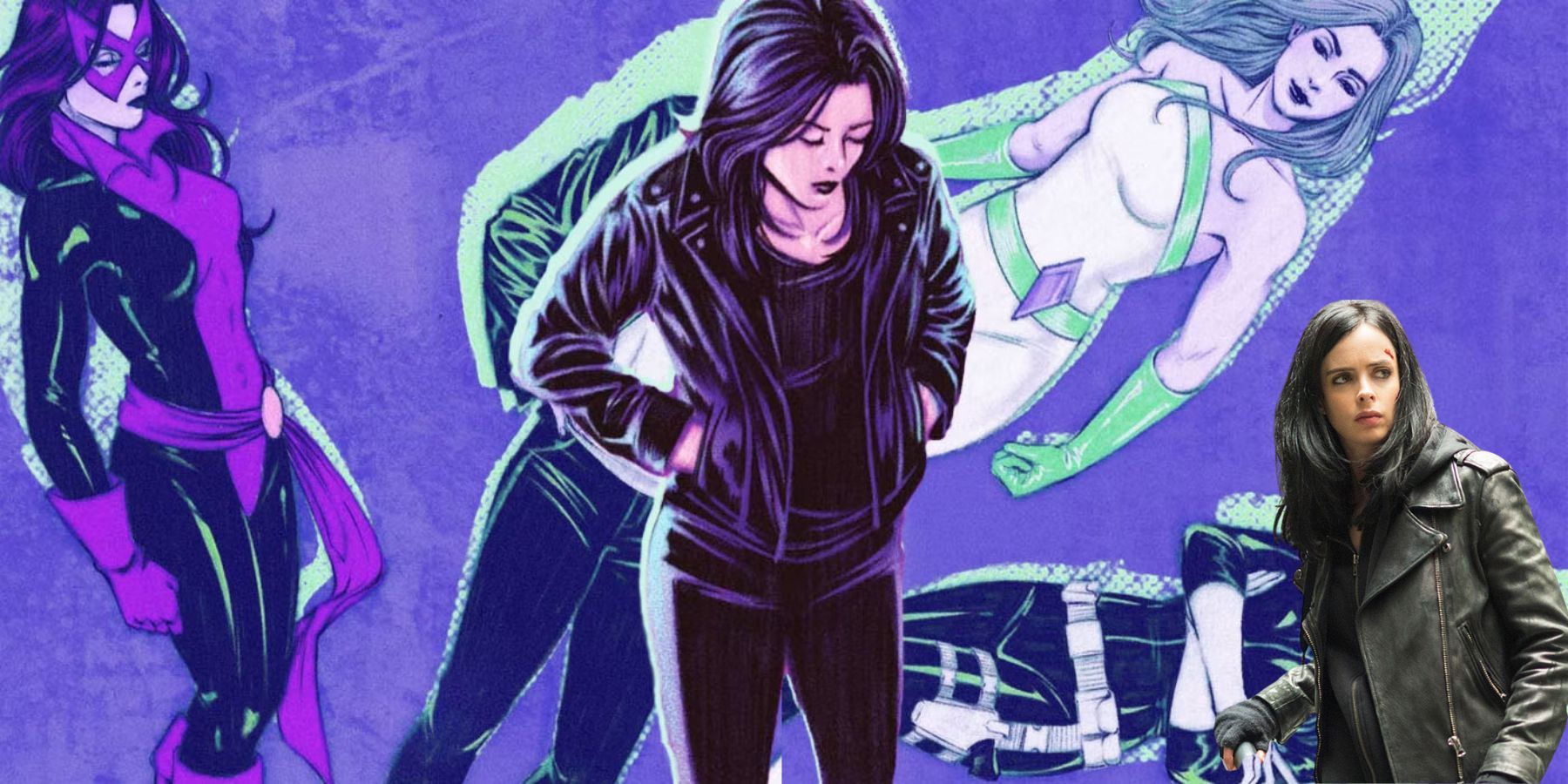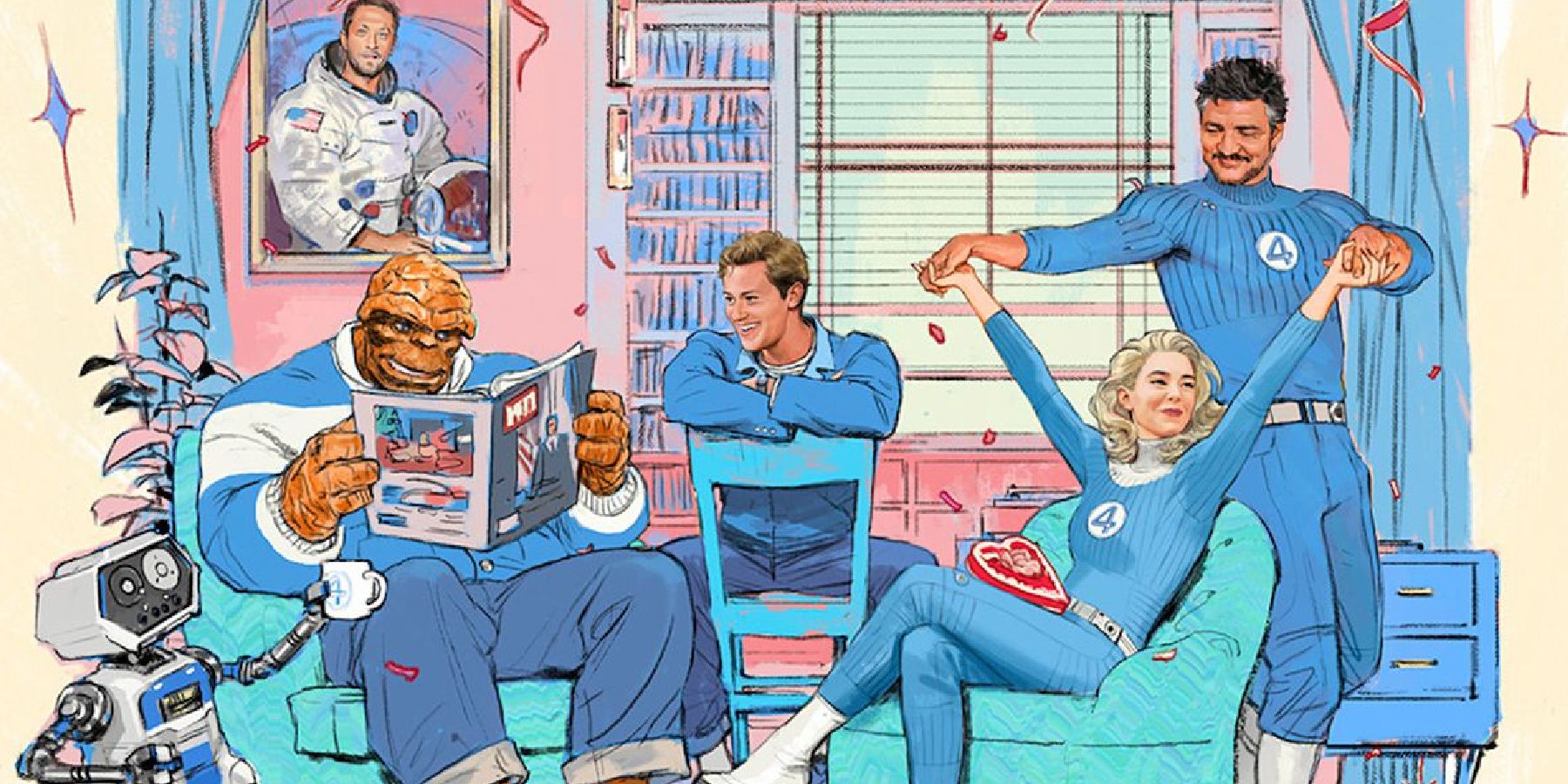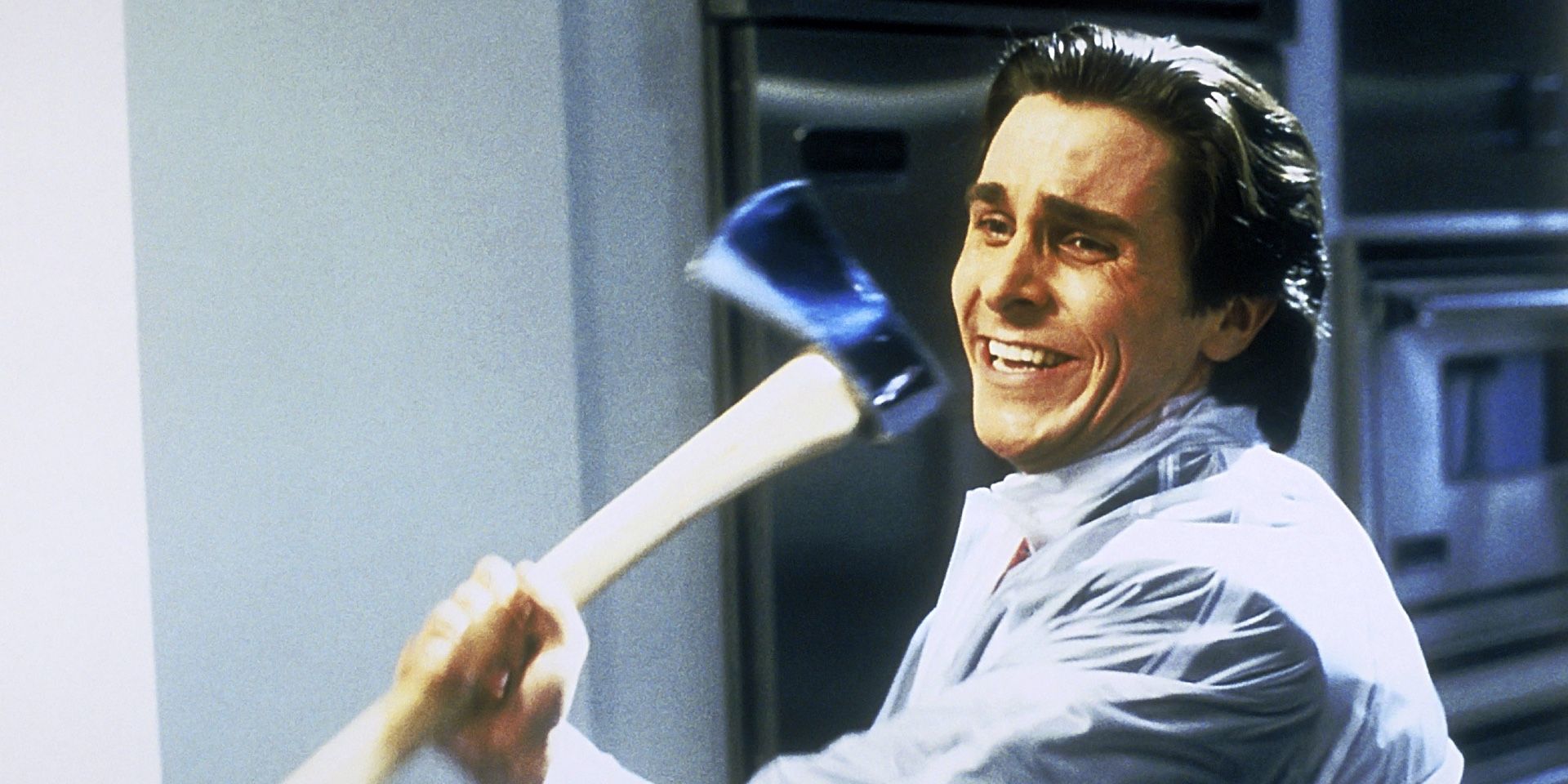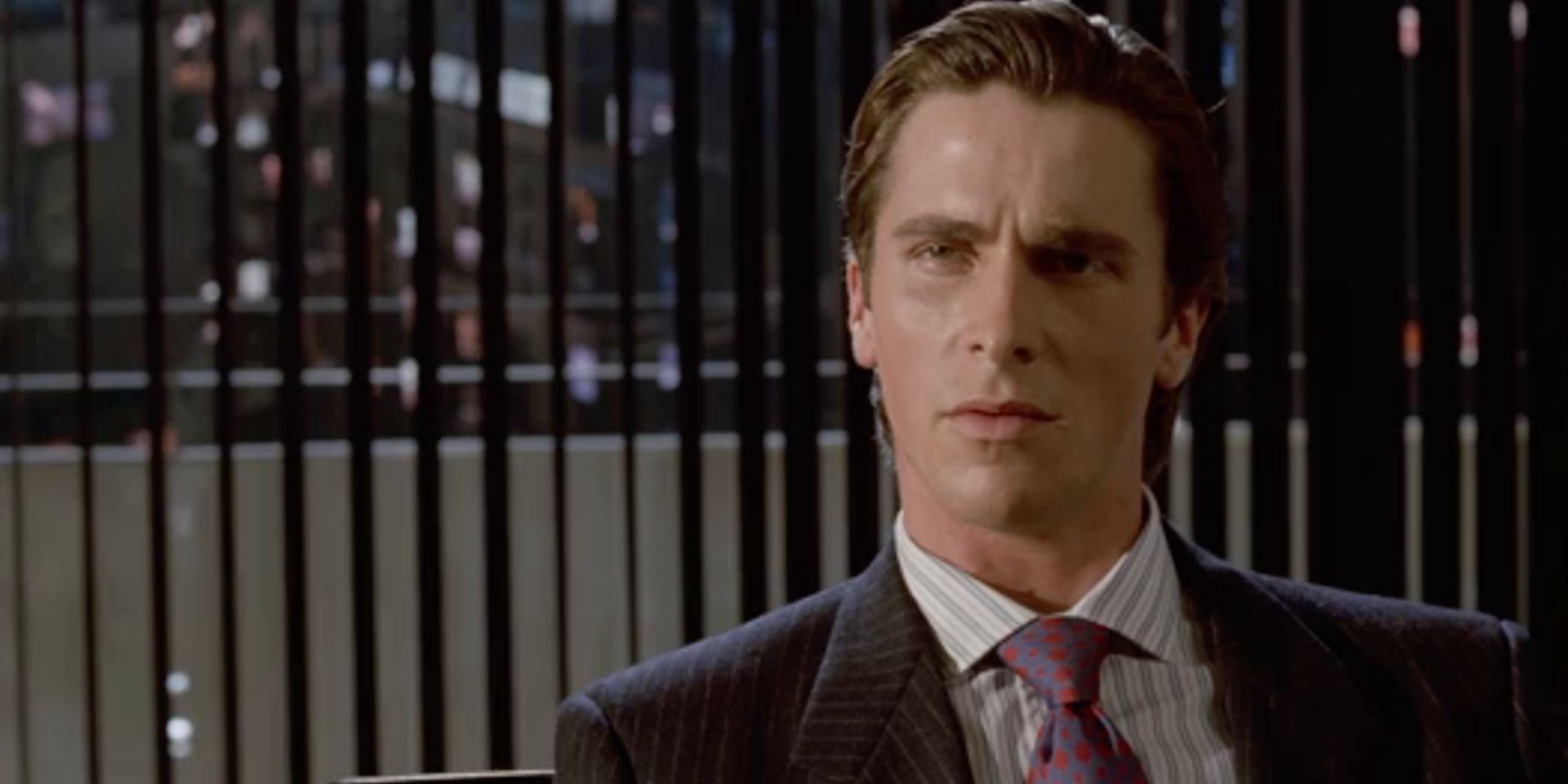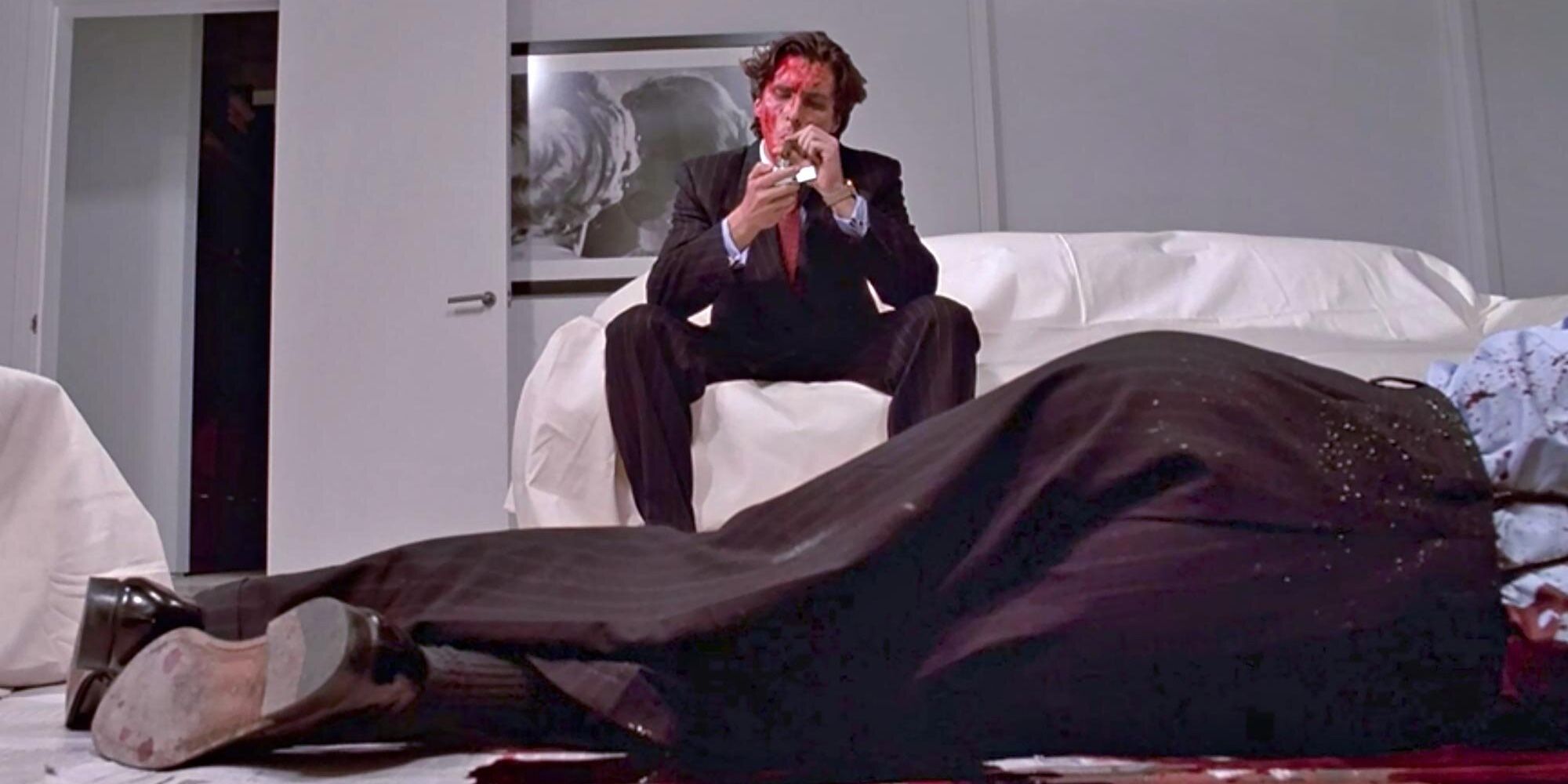Film genres are helpful for marketing to an audience and have been the conventional way since the early days of filmmaking. Genres give the viewer expectations of what will happen in a specific film. However, genre categorization is not an exact science. Some movies are easily understood as the genre they belong to, such as the early westerns or MGM musicals. Yet, some are not so linear in that description as they contain many styles, ideas, and influences that keep them from comfortably sitting in a predicted slot.
Is the film that makes an audience laugh and cry in one sitting a comedy or a drama? The same with a horror film that is funny and terrifying at the same time; can it be just a horror film? The viewer may watch them as a horror film, yet some may see them as satirical, others drama, while some think of them as simply comedy. Mary Haron’s American Psycho (2000) is a film that fits into this multi-genre category; it is layered with varied generic elements that make it difficult to fit neatly into a category. Although classified as horror, it also can be referred to as a dark comedy, crime drama, psychological thriller, or slasher horror; the more they get scrutinized, the more they can be reassigned. With that stated, it is pretty understandable that upon further investigation, “pure genre” doesn’t exist like it used to, and American Psycho proves this.
The term “Ironic Hybridization” was termed by film historian Jim Collins to describe the conjunction of different genres. In his book, Film Theory Goes To The Movies, Collins states: “Directors combine elements from different genres as with western/science fiction in films such as Back To The Future.” The new generic classification is then influenced by changing cultural tastes, a more sophisticated audience, and the evolution of film theory.
The generic iconography attached to the actors, cinematography, director, musical score, and narration contribute to determining the categorization of a film. American Psycho was intended as a dark comedy yet contains the typical generic elements of a horror film. This can be due to many reasons, including the “cliché dream sequence,” which can also be seen in films such as Nightmare on Elm Street (1984), The Fly (1986), and Terminator 2: Judgement Day (1991). The cinematography conveying a dream in horror films often consists of blurry vision, muted colors, and slow-motion; these techniques would be consistent and are utilized throughout American Psycho to enhance the moving image experience.
American Psycho is based on the novel by Bret Easton Ellis. Patrick Bateman (Christian Bale) is a highly unreliable narrator throughout the film, making it hard to know what’s real. In a 2014 interview with Marc Maron, Ellis states that he also wrote his novel intending to create ambivalence in the spectator’s mind: “...It was 400 pages in the mind of this guy, and he’s a completely unreliable narrator. You don't know if these things happened or not. You don't even know if the murders happen or not.”
The film star brings their generic iconography to whatever film they star in; this can be good or bad for a film. In American Psycho, star power to draw in a larger audience was at the top of the minds of the producers. They wanted Edward Norton or Leonardo Dicaprio since they both had already attained that status. The director, Mary Harron, wanted just the opposite; she wanted an unknown or at least an up and comer. Harron felt Dicaprio carried the generic iconography of a teen star and instead wanted Christian Bale. This was unique because not having a massive star like Dicaprio makes the audience not have a generic image of Bale. Therefore, he can bring something unexpected to his characterization of a menacing and hilarious killer at once. The character, although a serial killer, is quite charming. The comedic characters suggest dark comedy regardless of narration or action.
Although having a lot of comedy throughout, the film also has generic horror elements: the lighting and the colors trigger the emotional cues. Bateman lives in an all-white apartment with barely any hint of color. He mainly wears the same black suit every day, donned with a red tie or red suspenders. Red signifies blood and death, typically an element of tragedy, not a comedy. Again, this transgression of the expected puts the spotlight on what a hybrid genre is. It can get so precise in categorizing a genre that the amount of blood will determine what subclass a film can fall into. If there is a lot of blood and killing, then it is a Slasher Film; if there is not as much blood, it is a Splatter Film. The film also has a small gothic connection with the horror genre. Bateman succumbs to his bestial urges, and it is this exploration of the spectator’s psyche that is a critical component of the gothic genre.
The music in American Psycho also strays away from typical horror films. In the scene where the chainsaw is dropping down the stairs, Bateman is ranting about the social significance of the lyrical content of “Hip To Be Square” by Huey Lewis, and the News is dark and hilarious. When Bateman talks about how “The Greatest Love Of All” by Whitney Houston is one of the best songs before he brutally murders two women is another example of comedy. Not only are well-known pop icons such as Houston and Lew soundtrack, but other 1980’s bands such as The Cure and New Order are as well. The insertion of “happy music” creates a juxtaposition with emotional cues.
Whether on film or in society at significant, generic labeling is so deeply rooted in the collective psyche that these icons become easy tools for filmmakers to utilize to spark the emotional cues of the spectator. Over the years, many films have broken the genre barrier, such as Jennifer’s Body (2009) or The Hunt (2020). Still, American Psycho did a remarkable job at marking the change of this generic labeling.


